It’s not every day that we think about mountains and altitude when it comes to baking. But most baking recipes are actually created as a sea-level recipe, despite many cities and locations around the world sitting at 2,000 feet above sea level or higher.
Higher altitudes can affect any and everything in your bake, from consistency to texture and even causing rupture of certain ingredients. So how do you ensure that you can bake delicious cookies, cakes, biscuits, and more even if you live in a high-altitude location like certain areas in Colorado and Alaska?
Today, we’re looking at a few needed tips for baking at a high altitude. Usually at 3000 feet of elevation and higher. Learning how each ingredient in your bakes reacts to higher altitudes is key to slowly transitioning your favorite recipes to work well at higher elevations. It's also a good idea to start with high altitude-specific recipes to ensure that your first bake is delicious.
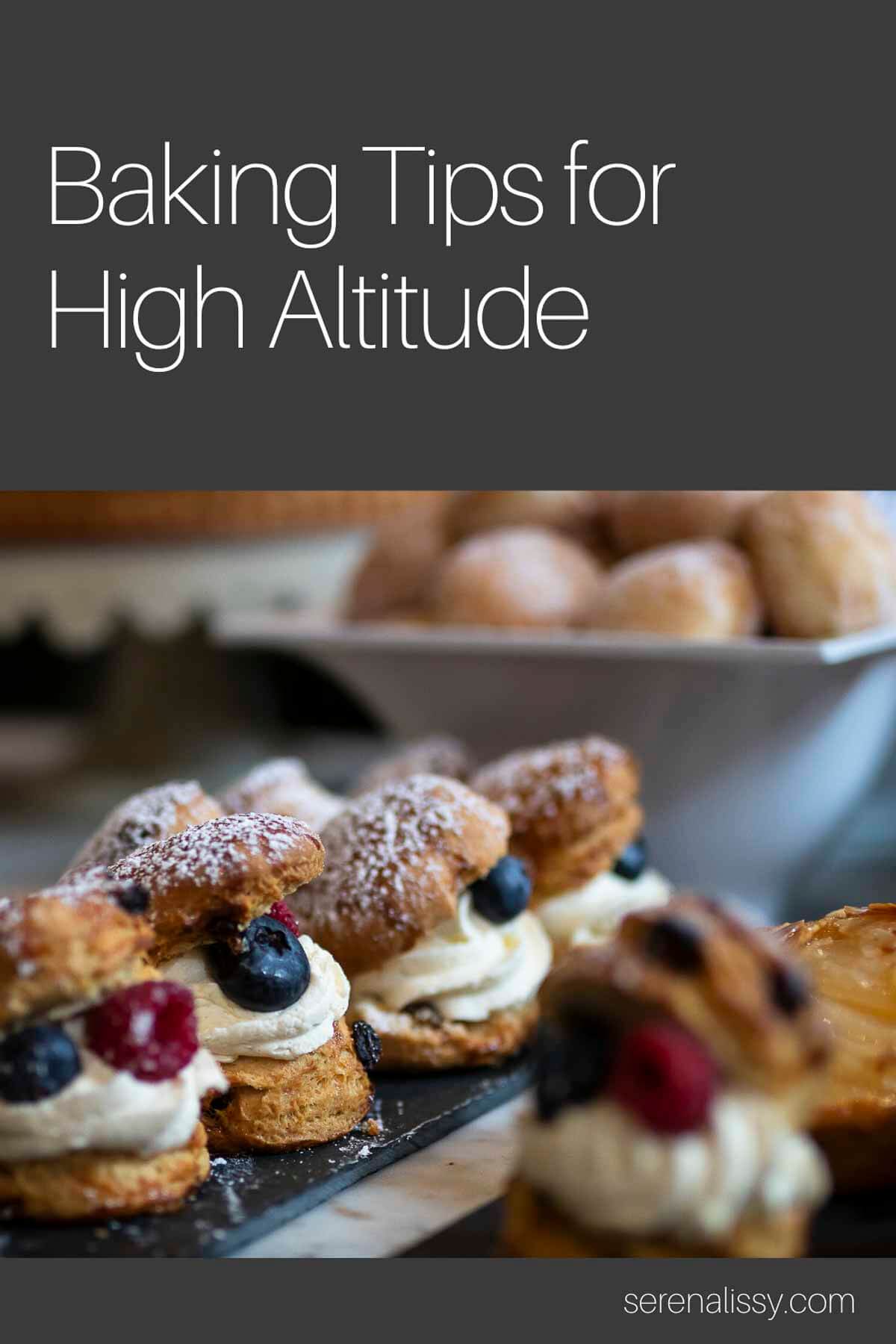
The Science of High Altitude Baking
So what makes baking at a high elevation so different from baking at sea level? First, consider how you feel when taking an airline flight. The pressure you feel as the plane takes off into the air and the semi-relief you might feel when landing is related to measurable air pressure.
At higher altitudes, air pressure is not as strong. Also known as low air pressure. This can cause your ears to pop. To help with this plane cabins must be mechanically pressured to ensure that everyone can breathe without worry. It’s also why you might find yourself breathing more heavily when at the top of a mountain after a long hike. Oxygen is more spread out in the air at higher altitudes.
When it comes to baking, this means that leavening agents have less resistance at higher altitudes. So bakes that may come out perfectly at sea level may suddenly over-rise or over-perform at high altitudes.
Leavening Agents in Baking at High Altitudes
According to the Exploratorium laboratory in San Francisco, most recipes are originally designed to be baked at sea level. When measuring altitude levels, sea level is recognized as 0 feet. While high altitude locations are often at 3,000 feet above sea level or higher.
If you live somewhere at a higher altitude, such as Denver or Calgary, batters may overflow, and cakes will literally fall without an altered recipe.
Leavening agents such as baking soda and baking powder have less resistance in terms of air weight at higher altitudes. This means that your baked goods will rise more easily, and is why many altered recipes have significantly less leavening agent included.
Rising more easily doesn’t necessarily sound like a bad thing. We all love it when your cakes rise into tall, fluffy cakes, after all! But often, at high altitudes, leavening occurs so quickly that gas bubbles create large, irregular pockets in coarse cakes. Liquids also evaporate more quickly, leaving a dry, pocket-filled mess.
And if you’re super unlucky, pressure can rise so quickly inside your batter that your bake stretches until it bursts.

Reducing Baking Soda and Powder
Reducing the amount of baking soda or powder you use in a typical recipe is a must when baking at higher altitudes. For example, in cake recipes, you can decrease baking powder or soda by ⅛-½ teaspoon for every teaspoon in the original recipe.
However, you might have to learn by trial and error. The reduction you make will depend on the type of bake and other ingredients. For example, cakes tend to need this reduction to avoid bursting and air pockets. While cookies and muffin recipes are more resilient because of their stronger internal cell structure.
Parchment Paper or Wax Paper
At higher altitudes, bakes are unfortunately more likely to stick to their pans and baking sheets. While a typical greased cake pan may do the trick at sea level, parchment paper or wax paper is often necessary at higher altitudes.
Line your cake pan or baking sheet with parchment paper or wax paper, then grease the paper. Adding extra flour on top can also help to prevent sticks and ruined bakes. Remember that your bake at a higher altitude will also need to cook faster, at a higher temperature. This makes separating bake and baking sheets even more difficult and necessary to support with extra steps.
Baking Temperature and Baking Time
Another way to prevent a loss of structure in your bakes is to increase the oven temperature by 15-25℉ when baking at higher altitudes. This will help your bake set and form its rough final shape more quickly. But remember, changing bake time and bake temperature can really change the texture of your baked goods. I'd leave this tip to the end. Continue cooking at the lower temperature until this is the very last change I can make in the baking process.
Higher altitudes cause quicker evaporation with your liquids due to the dryness. This increase in temperature will help make sure that your bake’s proper shape is formed before all of the moisture dries out. A shortened baking time by 20-30% is also recommended since, of course, your baked goods will be receiving more heat! Try to keep these adjustments on the smaller side when you’re first changing a recipe.
While you’ll find that more adjustments are needed for the perfect bake, small moves toward the perfectly baked cake or cookie are always preferable to completely overbaked products.
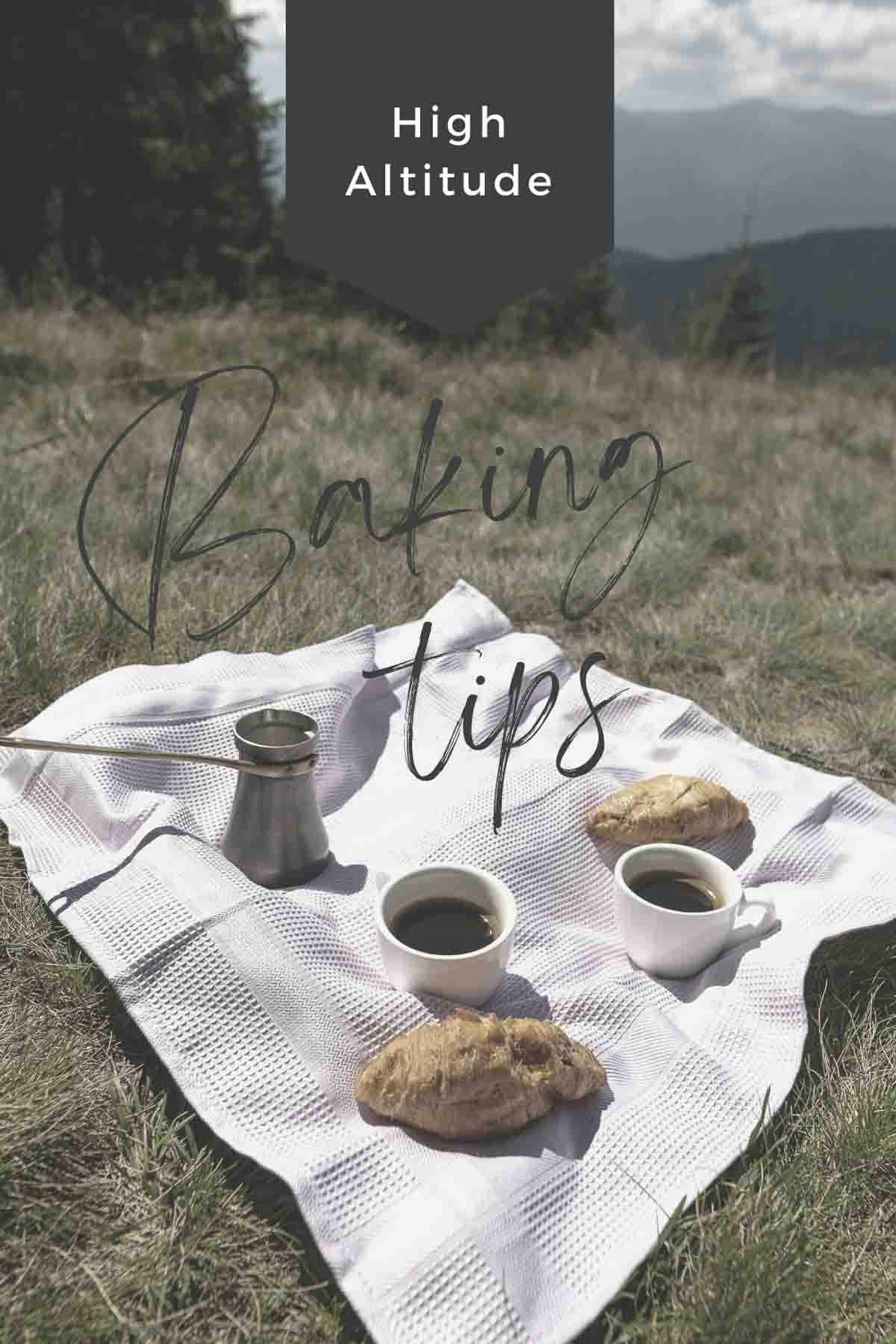
Learning to Bake at High Altitude with Altered Recipes
One of the best ways to learn baking at a high altitude is to use good recipes specifically tailored to higher altitudes. While trying to recreate your favorite cookies or sponge cake at a higher altitude can be enticing, there’s a high likelihood that it will take a few batches before they come out correctly as you learn the different adjustments that might be needed. I also only recommend changing one thing at a time instead of making changes to everything at once. One change at a time, that follows the general rules of high altitude baking, will help you master your recipe in a shorter amount of time.
Instead, look for a few recipes that are already created with high altitudes in mind. For example, this High Altitude Vanilla Cake with Vanilla Buttercream recipe and this Ultimate High Altitude Chocolate Chip Cookie recipe would serve as wonderful entries to high-altitude baking. You can also start to read patterns in these recipes and use this information to alter your own later on. What's that old saying...Success leaves clues! Go with what you know works, study it, and figure out the patterns of why it's working. Then you can start to model your recipes.
Ready to continue learning about how to create the most delicious bakes? Give our articles on Top 10 Baking Tips and The Function of Sugar In Baking a read today.
Looking For More Recipes?
Subscribe to my free newsletter to get new baking tips in your inbox monthly. Find me sharing new recipes and tips on Pinterest, Instagram, or Facebook.
As an Amazon Associate and member of other affiliate programs, I earn from qualifying purchases. What that means is if you click on one of our affiliate links, they may toss a few pennies our way for a commission.


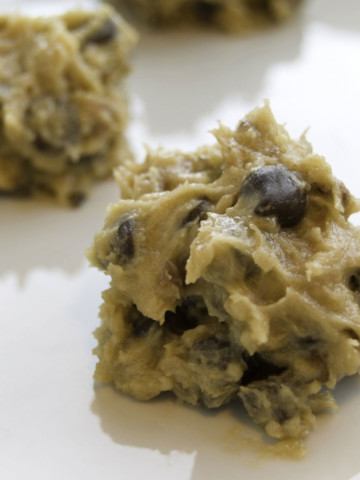
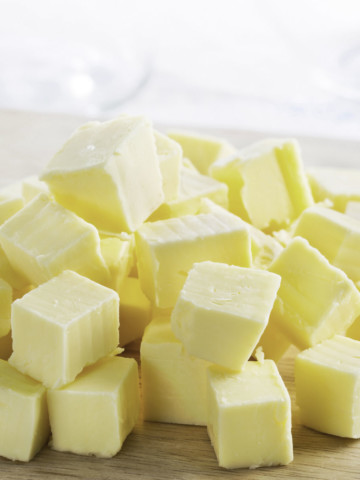
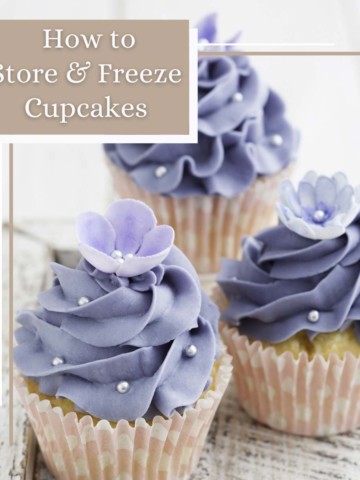
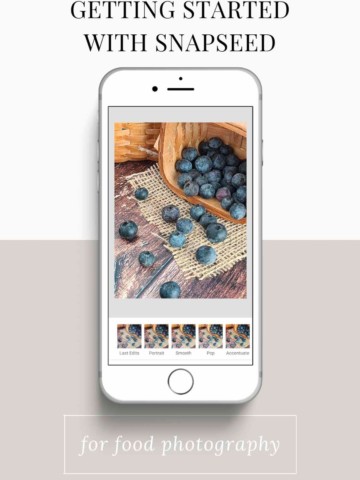
Nadalie Bardo says
I never even considered altitude being a factor for baking. Where I am I'm pretty close to sea level. Thanks, I learned so much!
serena says
I've lived at sea level most of my life, now I'm closer to 4000 feet of elevation. I'm surprised at what a difference there is with baking.
Tisha says
These are great! We were just in the mountains a couple of months ago this would have came in handy! Saving it for next time
serena says
Thanks Tisha!
Mallory says
This is something that I never knew was an issue! What great ideas.
serena says
Thanks Mallory!
Sharon says
High altitude bakers are going to love this handy guide, you cover everything in this. Thank you!
serena says
Thanks Sharon!
Amber Myers says
I remember these days. We used to live in Wyoming so I always had to adjust when I baked.
serena says
I can't even imagine the elevation in Wyoming! Here in Vegas, we are dealing with about 3800 feet, pretty low compared to Wyoming.